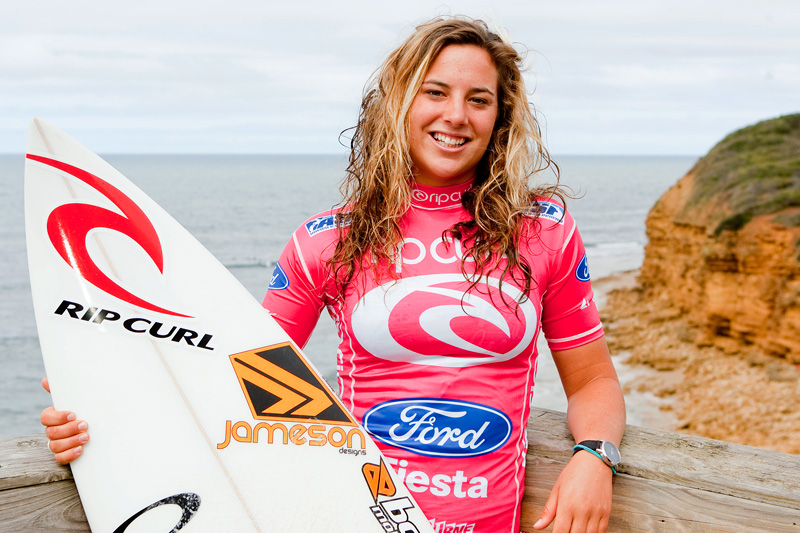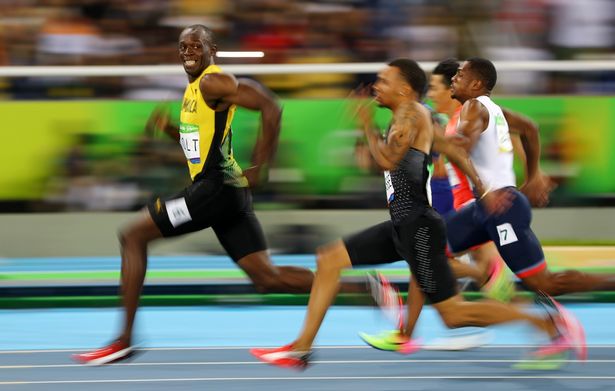Words: Braithy
By now we’re all aware of who didn’t make the cut for 2017 and where all of Australia’s hopes and dreams lie. So now, lets take a beau-peep at the schedule and then dive head first into a can of worms.
The Men’s 11 events are all locked in and confirmed and it’s basically a rinse and repeat of of 2016, with the only change rather then head directly to Bells after the opening Snapper event, the tour instead detours out west to Margaret River, then onto Bells afterwards … all thanks to 2017’s late Easter in April.
The women have 10 events, but at this stage Portugal isn’t confirmed so be prepared for just nine women’s events. Their season crescendos once again in Maui at Honolua Bay, where it would be splendid if we could get big waves with a gripping title chase on the line. Pumping Honolua deserves as much. And the girls deserve as much.
 Tyler Wrigth had one of the most historically dominant performances on Tour, appearing in 7 out of the 10 finals.
Tyler Wrigth had one of the most historically dominant performances on Tour, appearing in 7 out of the 10 finals.
Which naturally leads us to this … WSL, it’s time we had a talk!
Prize money hasn’t changed either with the women earning exactly half of what the men take home with a total $279, 500 purse per event compared to $559, 000 for the men. That makes us feel uneasy so Surfing Life spent the day in white medical jackets with stethoscopes around our necks and hit the biomedical research books.
Are our girls being paid what they’re worth? Hell no! You see men and women are physically different, the biggest (apart from the obvious) is in muscle distribution – especially the the upper body, where an average man has around 30% more muscle than an average woman.
Apply that to sport, and for example the men’s world Javelin champion is throwing exactly 30% further than the women’s champ. Which makes sense as men have 30% more upper body muscle to work with.
Whereas, take the 100m sprint where men have roughly 10% more muscle mass in the lower body, the men are running exactly 10% faster than the women are.
 Bolt and his extra 10% – Photo BBC.
Bolt and his extra 10% – Photo BBC.
Put this information into a biomechanics formula, and a woman to drive a golf ball 200-metres must apply 80-90% of her muscle force, while a man will use just 60% of his.
Or if you like, the woman is working 30% harder to get the ball there, than what the man is.
Grabbing the above biomechanics and apply it to surfing while also taking into account the differences in the physiology of men Vs women where men have larger hearts, greater blood volume, more red blood cells and a greater lung capacity … and our girls are working up twice as hard to paddle around a line up, duckdive a wave and finish a turn compared to what the men are.
So why, are we financially rewarding men to the tune of 2:1 over the women, when they are doing exactly half the amount of work?
Some will argue there are 17 Women, and 34 men, so the prize purse is proportionate to the numbers of Women on Tour. But that argument, while we acknowledge is relevant, it still falls a little short with Surfing Life.
The competitors at the very Apex of women’s surfing all agreed to take a pay cut (in their winnings cheques) in order to support the girls at the bottom of the leader board. Outside of the top six or seven girls, the girls are under-funded and under sponsored.
Case in point, Bianca Buitendag was staring down the barrell of forfeiting her rookie WSL year. The WSL prize money on offer, weighed against paying for her own boards, travel and accommodation on tour meant she would have been out of pocket. Had it not been for an 11th hour sponsor jump in and aid her, she may have been forced into not competing.
The girls are working their tails off in and out of the water with their advertising and social media revenue streams, yet it took Tyler Wright having to put up one of the most dominant years in tour history to come within a few thousand dollars of men’s winner John John Florence. Out of 10 events, Tyler won five and appeared in two more finals. So out of 10 events, Tyler made it to seven finals.
Whereas John John only appeared in four finals total – winning two – and he still earned more money than Tyler. This doesn’t seem like it’s a proportionately fair deal.
One solution which springs immediately to mind would be to reduce the men to the top 17, just like the women. We’d have shorter events and be able to pick the eyes out of incoming swells and for the first time in WSL/ ASP history, women would truly have equal billing to men.



